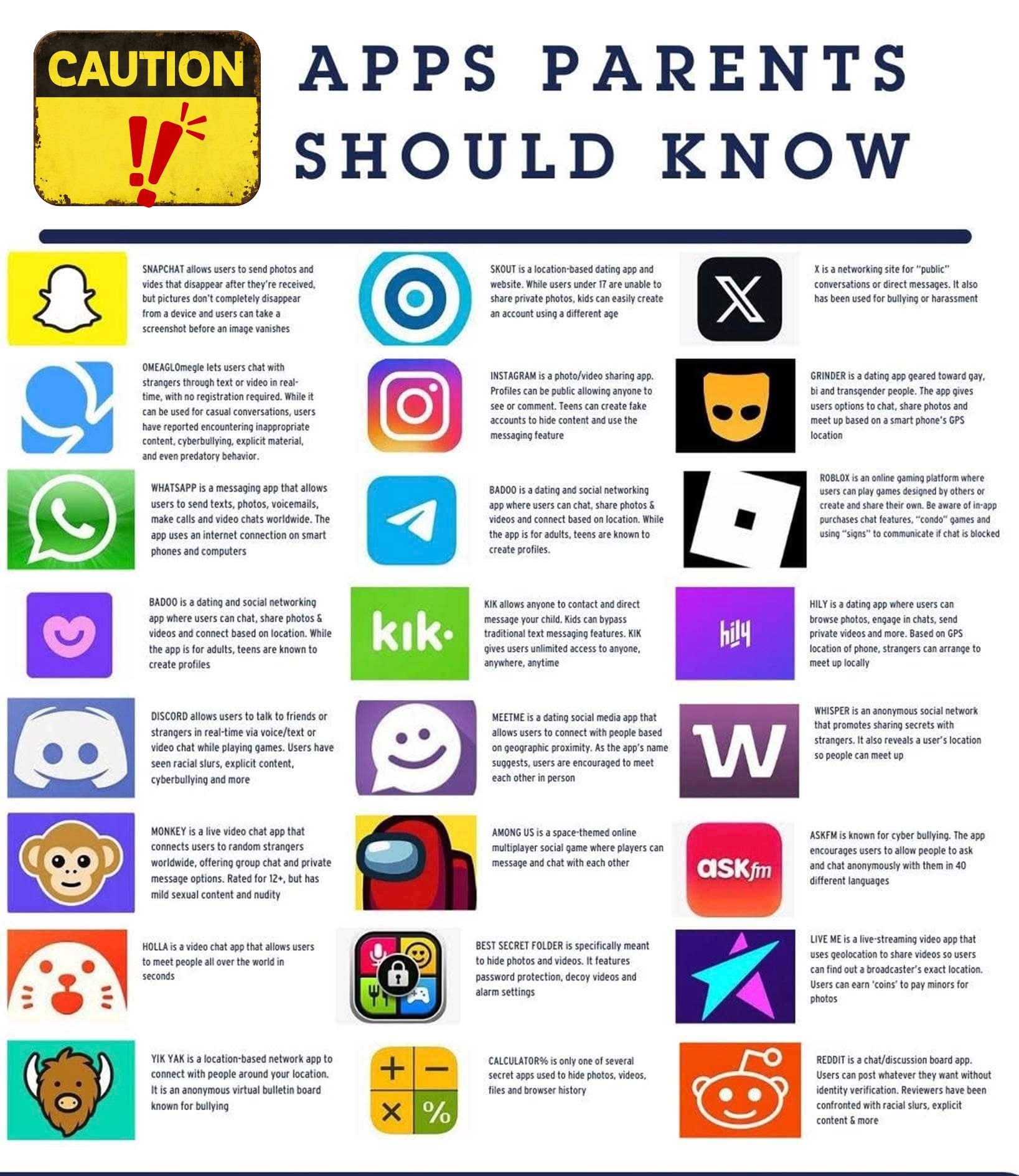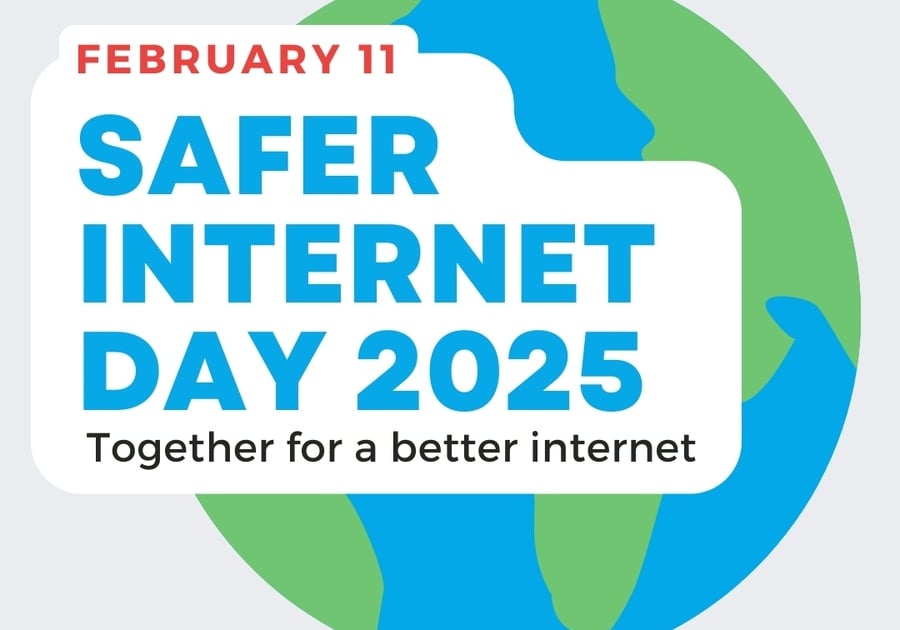As a mom of three, I sometimes feel like the last parent on Earth still saying no to social media, online gaming or gaming chats, and unlimited screen time. In our house, devices for the most part stay in common areas, apps have to be approved, and bedtime means Wi-Fi off. It’s not that I don’t trust my kids—it’s that I don’t trust the internet.
But even with all our rules, Safer Internet Day on February 11th still matters. Because no matter how locked down our kids’ tech is today, the digital world keeps changing. At some point, they’ll have more independence online, and we want them to be prepared—not just protected.
Even Good Kids Make Bad Clicks
We’ve all been there—our kids are following the rules, and then one click leads them somewhere they never meant to go. Maybe it’s a sketchy ad, a weird YouTube short, or a friend’s message that doesn’t sit right.
That’s why I remind my kids:
- If something feels off, it probably is.
- You won’t get in trouble for telling me about a mistake.
- Just because a friend has an app or game doesn’t mean it’s right for you. I commonly say "I am not (fill in friend's name) parent."
Our rules aren’t just about limiting screen time—they’re about teaching them to think before they click.
Parental Controls Help, but Conversations Matter More
Yes, we use all the tools—content filters, time limits, and app approvals. But we also know our kids can try to out smart us. If they want to find a way around something, they probably can or a friend can. That’s why the real safety net is open conversations.
Instead of just laying down the law, we need to ask:
- “What would you do if a friend sent you a link that seemed weird?”
- “How do you know if a YouTube video is fake or clickbait?”
- “Why do you think we don’t allow certain apps?”
We want them to understand that our limits aren’t just about keeping them safe right now—they’re about giving them the tools to make smart choices later.
The ‘Wait Until 8th’ Movement—Why We’re Holding Off on Smartphones
One of the best decisions we’ve made is delaying smartphones for our kids. We’ve joined the Wait Until 8th movement, a pledge for families to wait until at least 8th grade before giving their child a smartphone. (Our 8th grader still doesn't have one and we are holding out as long as possible!)
Why? Because research keeps proving what many of us already suspect:
- Phones increase anxiety and depression.
- Kids spend too much time online and not enough in real life.
- Most tweens aren’t ready for the responsibility of constant access.
Delaying the smartphone battle means fewer fights about social media, fewer distractions in school, and more time for real friendships, hobbies, and creativity. If you have not already heard about The Anxious Generation book by Jonathan Haidt, this is your sign to check it out.
Practical Device Options for Staying Connected Without Full Internet Access
I get it—kids need a way to stay in touch, especially as they get older and more independent or have an increasing amount of outside activities. But that doesn’t mean they need full access to the internet, social media, and endless distractions.
Here are some parent-approved devices that allow for communication without all the extra baggage:
📱 Gabb Phone 3 – A smartphone without internet, social media, or app stores. Just talk, text, GPS, and a camera.
📱 Pinwheel Phone – A highly customizable phone with no social media or browser, but with approved apps for things like music and navigation.
⌚ Gabb Watch 3 – A great starter device for younger kids with calling, texting, and GPS, but no web browsing.
⌚ TickTalk 4 – A smartwatch with call/text features but still locked down from internet and social media.
📞 Light Phone 2 – A simple, distraction-free phone with calling, texting, and a minimalist design (great for teens who just need the basics).
⌚ Apple Watch (Cellular) with Screen Time Restrictions – For older kids, an Apple Watch can be a great alternative to a smartphone. With parental controls set up, it can be used for calling and texting without giving access to social media, YouTube, or unrestricted browsing. It allows them to reach you when needed—without the distractions of a phone.
These options give kids the ability to stay connected while keeping them protected from the pitfalls of social media and unrestricted browsing.
Apps Parents Should Watch Out For
Even if your kids don’t have smartphones yet, they still hear about apps from friends, YouTubers, and even school. There are always new ones popping up, but some apps remain consistently risky.
🚨 Snapchat – Messages disappear, making it a hotspot for risky conversations.
🚨 TikTok – Highly addictive with inappropriate content slipping past filters.
🚨 Discord – Popular for gaming but full of strangers and unmoderated chats.
🚨 Omegle – A random chat site that’s a playground for predators.
🚨 BeReal – Seems harmless, but encourages oversharing and location tracking.
I’m also sharing a widely circulated graphic that has been making the rounds on social media, highlighting many of these apps along with others that parents need to be aware of. It’s eye-opening to see how many seemingly “harmless” apps have hidden dangers, and it’s a good reminder that even if an app looks safe, it’s always worth a second look. I am also sure that the more we as parents become aware of these that there will undoubtedly be others.

Screens Can’t Replace Real Connection
As much as I focus on what my kids aren’t doing online, I also care about what they are doing offline. Too much screen time doesn’t just expose kids to risks—it also gets in the way of real-life friendships, creativity, and independence.
That’s why we make it a point to encourage:
🎭 In-person activities – sports, theater, music, and hobbies that keep them engaged with people, not screens.
🎲 Screen-free fun – family game nights, outdoor play, and good old-fashioned boredom (because that’s where creativity happens).
📞 Face-to-face conversations – actually calling a friend instead of just texting. (we constantly say if you would not say it to a person then you also should not text it.)
We don’t want our kids growing up thinking friendship means snapping a streak on Snapchat—we want them to know how to build real, meaningful relationships. Having real friendships is critical to mental and emotional well being, just like the skills to cultivate relationships is a life necessity for their future beyond childhood.
Are Our Tech Rules Still Working?
Safer Internet Day is a great excuse to step back and ask: Are our family’s tech rules still doing what they’re supposed to?
Some things we are checking in on this year:
🔹 Screen time limits: Do we need to adjust them?
🔹 Blocked apps: Are there new ones we should be aware of?
🔹 Online habits: Are my kids making good choices when they’re on their own?
Technology is always changing—so our rules have to evolve too and we have to stay vigilant with our checks and balances.
Helping Our Kids Understand the ‘Why’
We know our kids get tired of hearing us say no. But we also know they need to hear the reasons behind it.
🚫 We don’t allow social media yet because it’s designed to be addictive.
🔒 We block certain websites because not everything online is meant for kids.
🛑 We check their devices because there are people online who don’t have good intentions.
When they understand the why, they’re much more likely to respect the rules—even when we’re not watching.
Getting Ready for What’s Next
So this Safe Internet Day, we’re keeping it simple:
- Reviewing passwords.
- Checking our family tech rules.
- Talking (again) about online safety.
And most importantly? Encouraging more real-life connections and less screen time.
What’s your family doing for Safer Internet Day? Let’s keep the conversation going—because raising smart, socially connected kids is something we all need to work on together.
Finally, check out Connect Safely for amazing resources. They have family and student programs, guides and resources in addition to up to date research and articles.
**Disclaimer: I am by no means an internet or parenting guru. This article was written with some insight from personal experience, and obviously with the help of AI **



